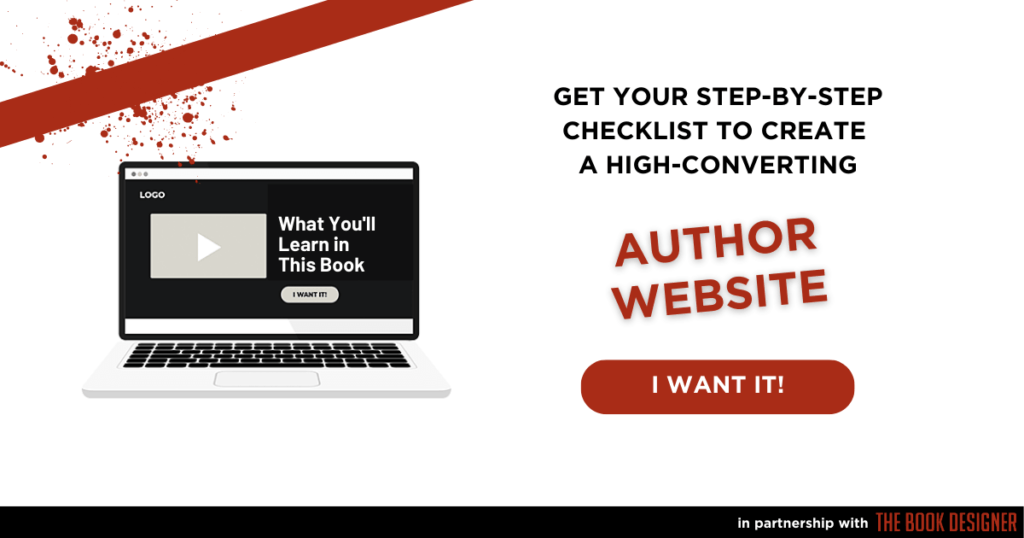Last week Stephanie Chandler invited me to do a presentation for the Nonfiction Writer’s Conference, an online event featuring lots of speakers on topics of interest to self-publishers and nonfiction authors. The topic was “Essentials for Author Websites, Blogs and Book Sales Pages” and it was designed as a 40 minute teleconference presentation, so no visuals or slides like we would rely on in a webinar or live presentation. (Stephanie also interviewed me last month for the Nonfiction Writer’s Association blog, and I got pretty personal in the interview. You can read it here: Expert Interview: Joel Friedlander) For the last several years I’ve been giving talks, keynotes, and presentations to a variety of book industry groups and, to be honest, it’s one of the more enjoyable parts of my own platform building efforts. But that’s a subject for another day. Today I wanted to share with you the some of what went into this presentation, because thinking through your online strategy is never a bad idea. Because I use mind mapping to prepare many of my presentations, I’ll use the mind map for this event to illustrate the main points I wanted people to walk away with. 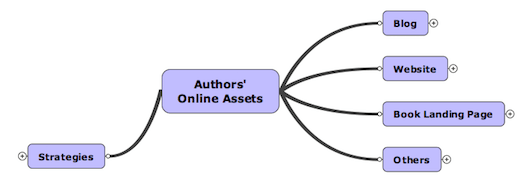
You Have a Strategy, Right?
Even if you start out online with a simple author website or blog, over time your online assets can easily proliferate and you might find yourself a couple of years down the road with a tangle of different sites and assets built up along the way. Many entrepreneurial authors end up owning a variety of sites, and that can be a good thing. One example is Joanna Penn, who has gone from nonfiction author to fiction author and published numerous books along the way. She has also offered training and built up a site for readers in her thriller niche. That second site was a clear strategic move to create an asset that had more appeal to her readers than to other writers. As far has how to get started thinking about a strategy, I presented two options for listeners to consider: the single-site strategy, where everything you do finds a place somewhere on your “home base” site; and the multi-site strategy, where each site gets its own domain name and the constellation of sites help to promote each other: 
One Site for All
It may seem the easiest solution to just pile everything into one website, and there are plenty of examples of authors do that successfully. In this case the essential functions you need from your site will all be included on one domain. 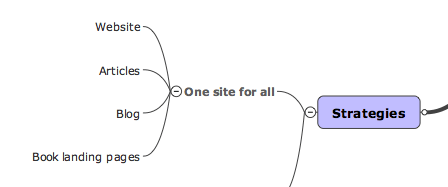 This arrangement will simplify your life to some extent and save you money too, since you’ll only be paying for the domain, hosting, and software for one site. The downside is that you’ll have to get all the functionality you need from the platform and software on the one site, and you may end up buying more services or specialty software to accomplish that.
This arrangement will simplify your life to some extent and save you money too, since you’ll only be paying for the domain, hosting, and software for one site. The downside is that you’ll have to get all the functionality you need from the platform and software on the one site, and you may end up buying more services or specialty software to accomplish that.
Separate Sites for Separate Purposes
As your publishing activities continue to grow, you might find it easier to simply register new domains and establish separate sites for different purposes. Each of the kinds of sites mentioned above could have their own domain, and I’ve largely followed this path myself. 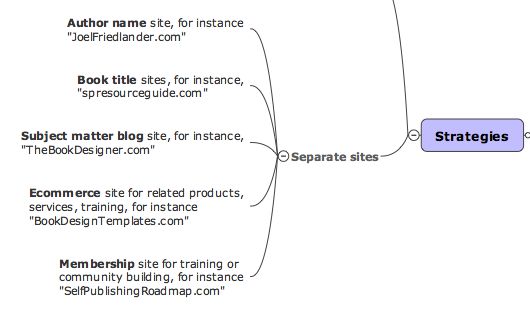 Although this is more expensive and a bit more complicated to keep track of, it also has benefits. Each site has a domain name optimized for the specific use the site was designed for. And different software can be used on each site depending on what’s best suited to what goes on there.
Although this is more expensive and a bit more complicated to keep track of, it also has benefits. Each site has a domain name optimized for the specific use the site was designed for. And different software can be used on each site depending on what’s best suited to what goes on there.
Site Requirements
No matter whether you treat your websites as static repositories of your content, or as a constantly updated blog, there are requirements you’ll need to address: 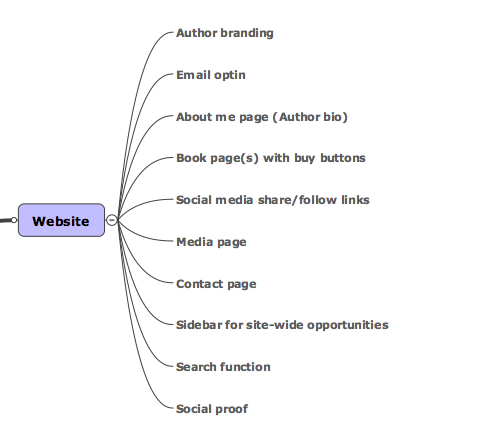 If your main site is a blog, it comes with its own requirements for you to think about and put in place:
If your main site is a blog, it comes with its own requirements for you to think about and put in place: 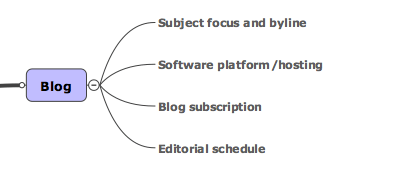 Book landing pages can be hosted on your own website or blog, or on a specialty site like Booklaunch.io that makes putting one of these pages together much easier. Here are some elements you’ll need on your book landing pages:
Book landing pages can be hosted on your own website or blog, or on a specialty site like Booklaunch.io that makes putting one of these pages together much easier. Here are some elements you’ll need on your book landing pages: 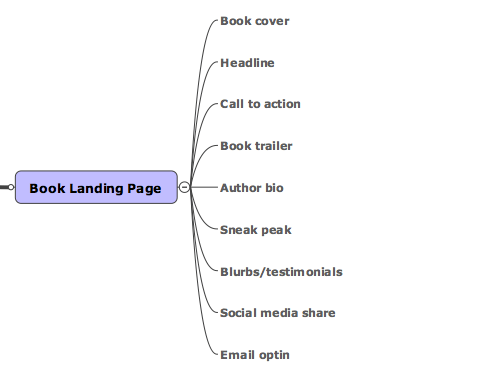 Keep in mind that in the separate site strategy, there are quite a few different kinds of websites you can establish depending on what you have to offer and how you’ll deliver it. For instance, an ecommerce site needs to be accessible to anyone and easy to use to give purchasers of your products or services (like other books, related products, or training tools for instance) the best experience you can. On the other hand, a membership is restricted only to paid or invited members, and should be closed to everyone else. So understanding what your site is for will be the best way to plan it so it accomplishes your aims.
Keep in mind that in the separate site strategy, there are quite a few different kinds of websites you can establish depending on what you have to offer and how you’ll deliver it. For instance, an ecommerce site needs to be accessible to anyone and easy to use to give purchasers of your products or services (like other books, related products, or training tools for instance) the best experience you can. On the other hand, a membership is restricted only to paid or invited members, and should be closed to everyone else. So understanding what your site is for will be the best way to plan it so it accomplishes your aims. 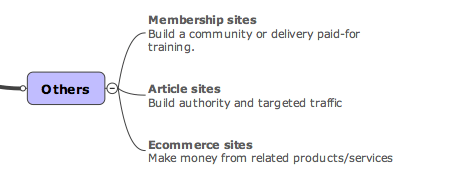 However you go about setting up sites, give some thought today to questions that will arise as you continue your publishing journey:
However you go about setting up sites, give some thought today to questions that will arise as you continue your publishing journey:
- What other books will you publish?
- Are all your books on the same topic, or different topics?
- Can you envision products that would appeal to readers of your books?
- Can you envision services that they would be happy to find?
- Are you inclined to offer training courses to your readers?
Your answers to questions like these will provide you with guidance as your future life as an online author unfolds. What about you, have you started to spread your “empire” to different websites? How is that going for you? I’d love to hear your experiences in the comments. Photo credit: arsp_021 via photopin (license)
